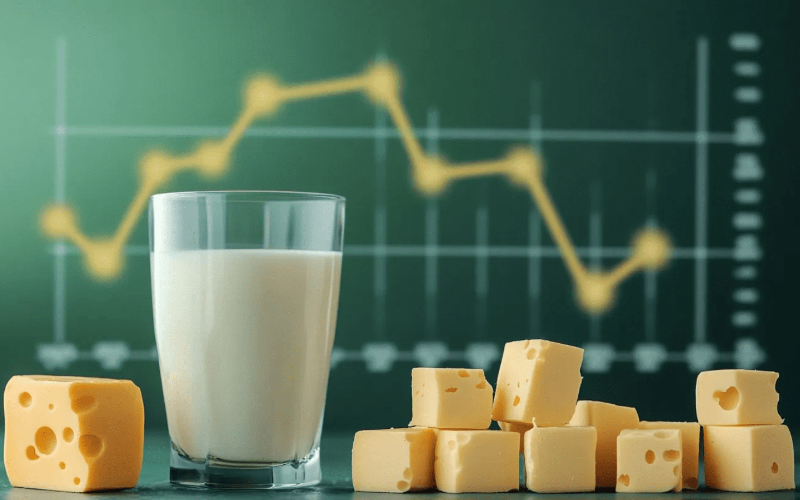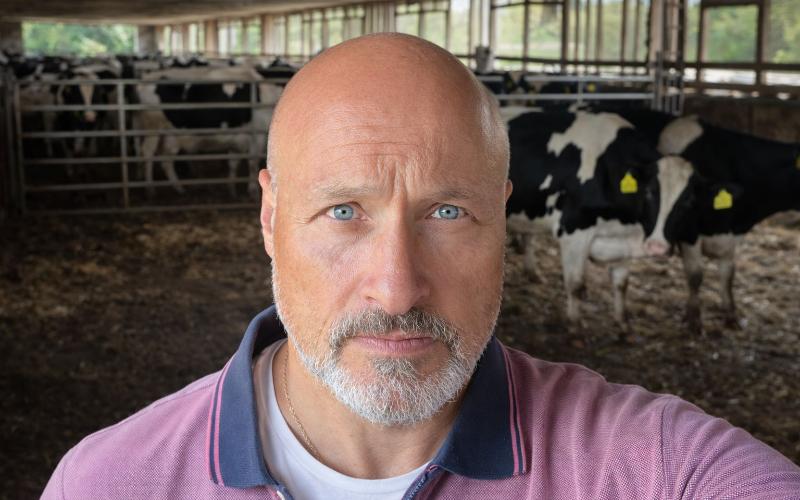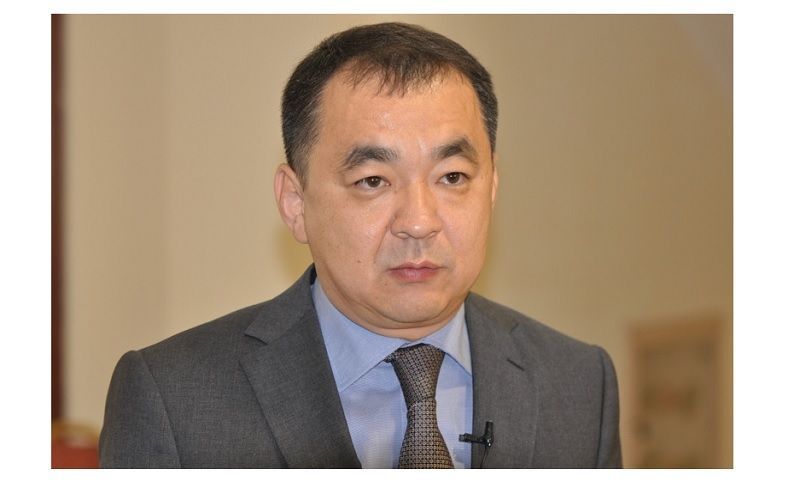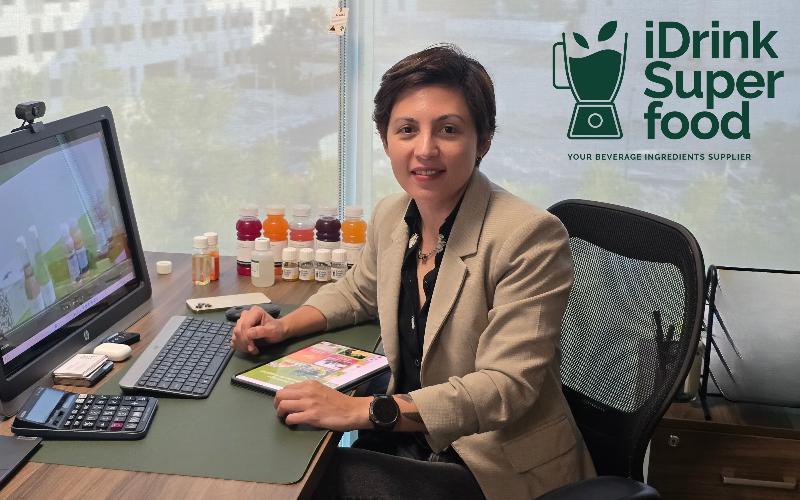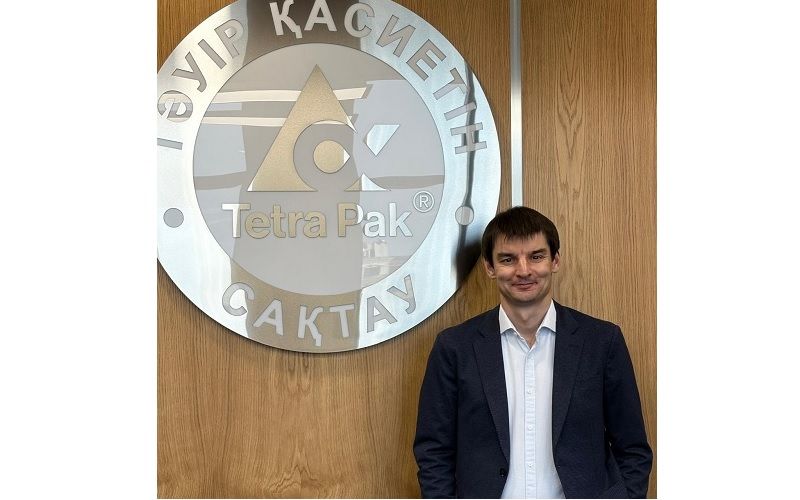The UAE is investing in biotechnology: camel cloning strengthens food security and preserves cultural heritage
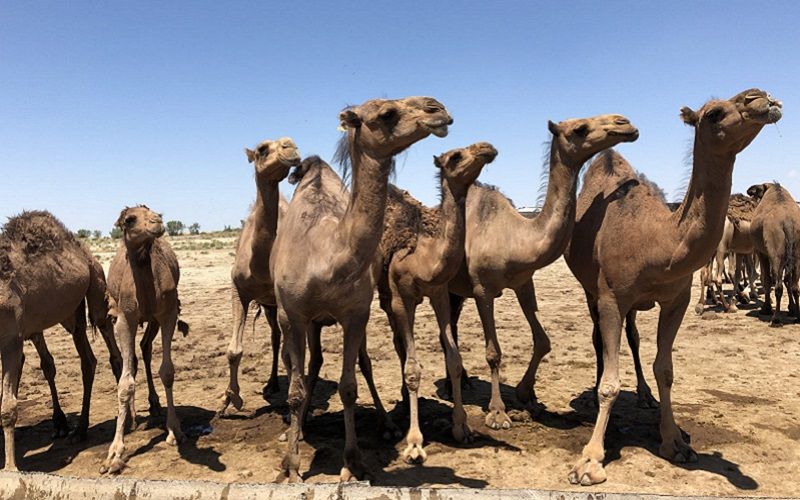
According to Dr. Nisar Ahmad Wani, Scientific Director of the Reproductive Biotechnology Center, cloning techniques not only help preserve the unique breed characteristics of camels but also allow for the long-term storage of the genetic material of elite animals.
“Even after the death of a valuable animal, its genetics can be preserved and used years later. This is especially important for maintaining the bloodlines of elite racing camels, high-yield milk producers, and animals with outstanding physical traits,” Dr. Wani explained.
Biotechnologies are also being applied to protect endangered species, such as the Bactrian (two-humped) camel. Scientists have successfully used dromedary (one-humped) camels as surrogate mothers and are developing genetic modification methods to enhance disease resistance and tolerance to extreme climate conditions.
The Reproductive Biotechnology Center actively employs cutting-edge techniques, including somatic cell nuclear transfer (SCNT) and multiple ovulation and embryo transfer (MOET), significantly accelerating the reproduction of elite animals.
“Today, we can produce dozens of offspring from top females in a single season, and create precise genetic copies of exceptional camels — whether they are racers, milk producers, or beauty contest champions,” Dr. Wani noted.
The center’s future plans include expanding the export potential of breeding material and embryos, as well as advancing programs to develop animals resilient to diseases and climate change.
By integrating biotechnology with traditional livestock practices, the UAE aims not only to preserve the cultural heritage and unique gene pool of camels but also to strengthen its position in the global market for breeding stock and camel-based products.
“Camel science is becoming a key element of the national food security strategy, especially in the face of global warming and water scarcity,” Dr. Wani concluded.




